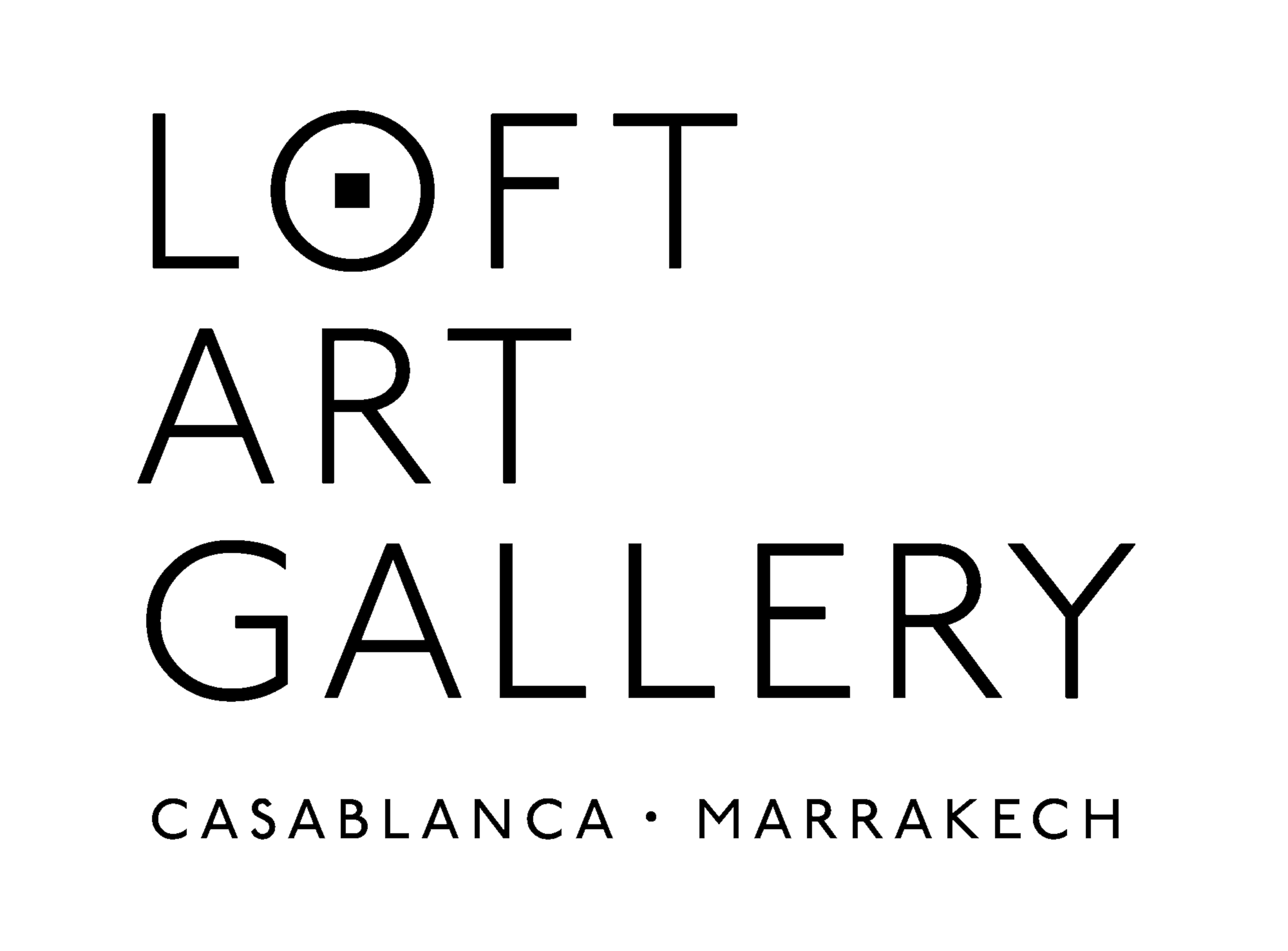Farid Belkahia
Born in 1934 in Marrakech
Died in 2014
Farid Belkahia was raised in an art-friendly environment, where he became acquainted with foreign artistic circles while very young, and discovered the work of Antoine Olek, Jeannine Teslar and Nicolas de Staël.
He began to paint at the age of fifteen, and mounted his first exhibition in Marrakech in 1953. The following year, he enrolled at the École des Beaux Arts in Paris, where he remained until 1959. While there, he studied the paintings of Georges Rouault and Paul Klee. He continued on the Prague, where he studied stage design at the Prague Theatre Institute.
Upon returning to Morocco, he became the director of the Casablanca Ecole des Beaux Arts, a position he held until 1974. During this period, he developed a theory of art and its teaching practice, bringing together a team of pioneers who formed the core of the “Casablanca School” art movement. Among them: Melehi, Chebââ, Azema, Hamidi, and Hafid.
In 1966, he participated in the Souffles cultural review, founded by his friends Melehi, Abdellatif Laâbi and Mustapha Nissaboury.
A few years later, Farid Belkahia instigated the 1969 manifesto-exhibition on Jamaa-al-Fna Square in Marrakech, a monumental event in Moroccan art history. For the first time, painters from the Casablanca School showed their work alongside internationally-recognised artists such as Pierre Dimitrienko, César, and Jean Lurçat.
From 1974, Farid Belkahia devoted himself to his art. He espoused a new vision far from any European art movements, and defended Moroccan culture through the use of its traditional materials. He introduced copper, animal skin, cut wood, natural dyes. He reinterpreted Berber (Amazigh) characters to create graphic symbols that were universal in nature.
Farid Belkahia imposed the idea of a form of painting that was independent of any colonial heritage, thus fixing a set of contemporary values that would influence future generations of Moroccan artists, while confirming his stature as an international art figure.
In 2000, the artist participated in the 5th Biennale de Lyon, “Partage d’Exotismes”, curated by Jean-Hubert Martin. This event proposed to reconfigure the critical eye by inviting one hundred twenty artists from five continents. It was a response to the 1989 “Magiciens de la Terre” exhibition, also organised by Jean- Hubert Martin, while he was director of the Musée d'art moderne de la ville de Paris. These events are seminal in the history of African art.
His work is present in international collections, notably the Mathaf: Arab Museum of Modern Art in Doha, Qatar.
In 2015, the Marrakech-based Fondation Farid Belkahia opened its doors.
The foundation continues to raise awareness about the artist, support younger generations through organised exhibitions, and advocate for the recognition of indigenous art forms and the preservation of traditional savoir-faire.

